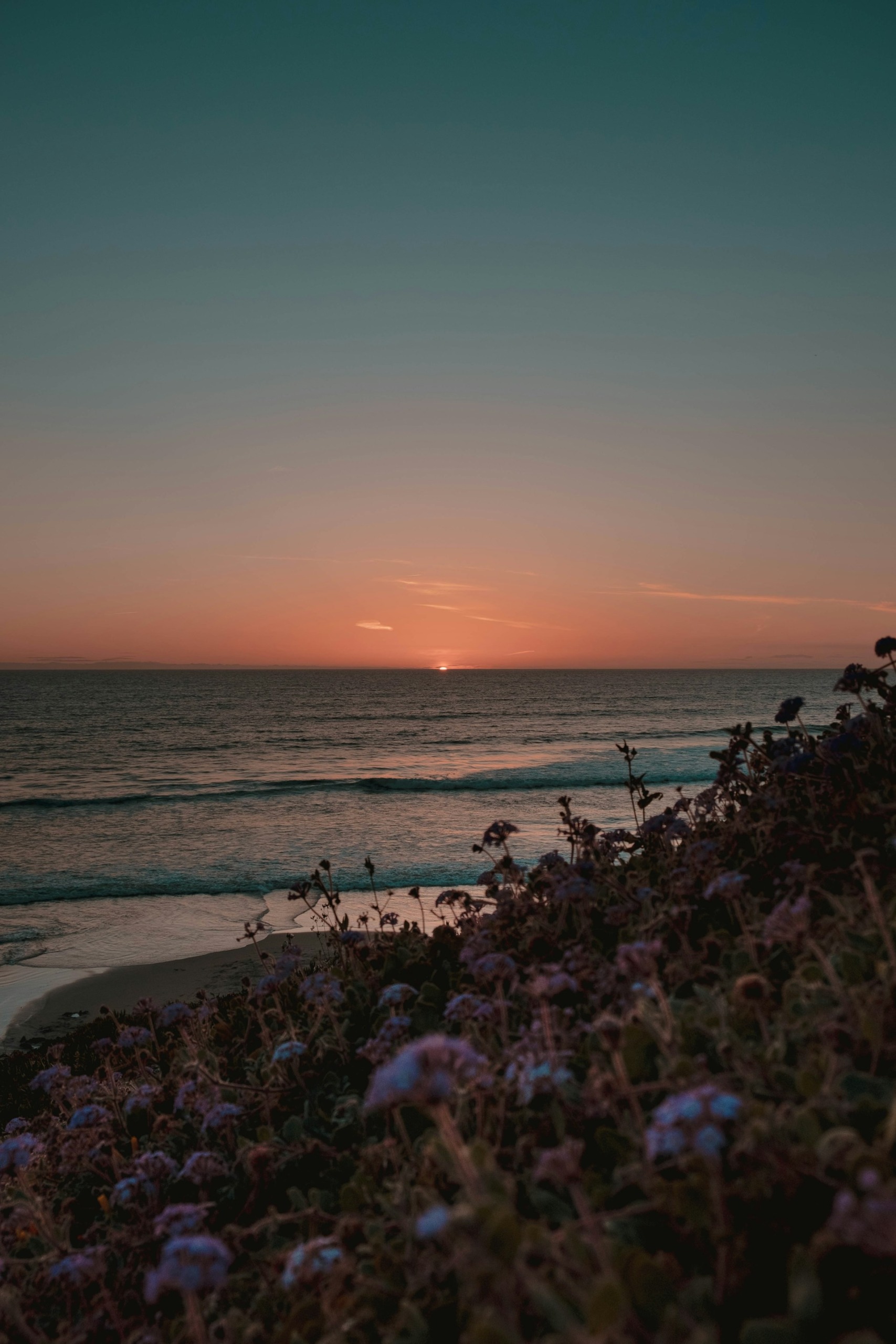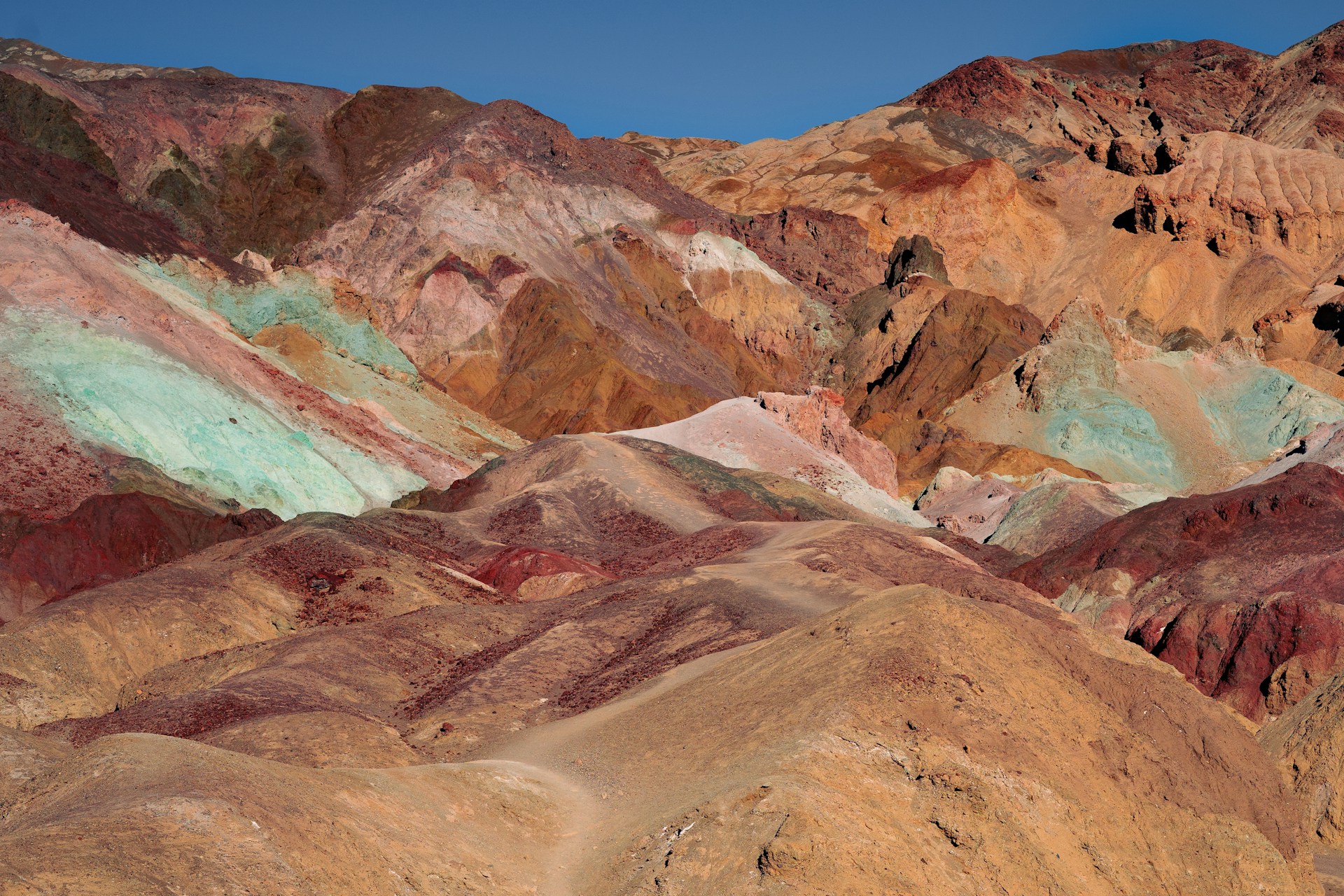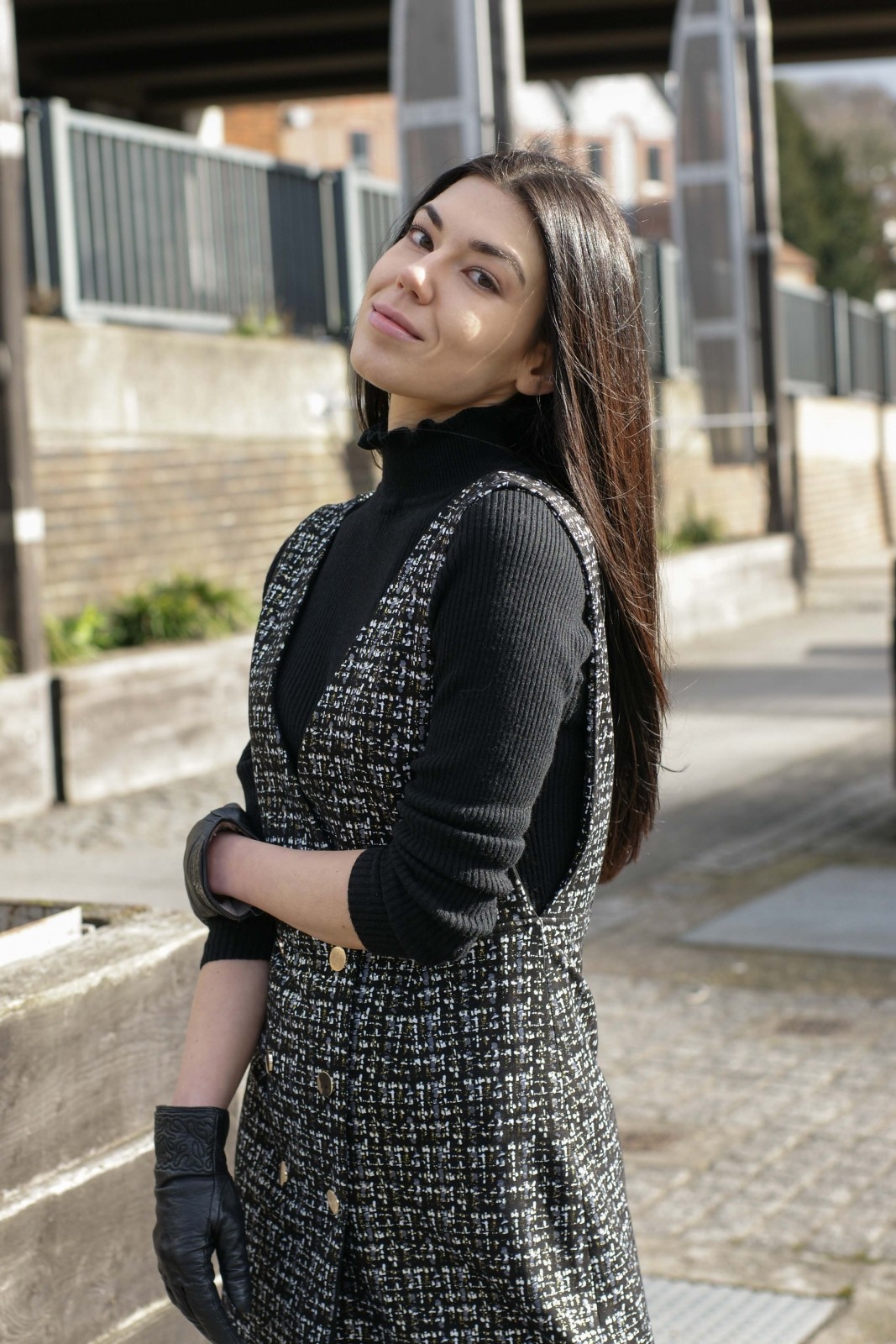Death Valley is known for being one of the hottest and driest places on Earth, where barren and parched landscapes test the limits of even the most intrepid explorers. But, once every decade or so, the arid waves of these deserts explode with a kaleidoscope of colors. Known as a superbloom, the wasteland is transformed into a lush, flourishing paradise thanks to a rare dosage of heavy rainfall breathing life into the landscape.
Here, we take a look at exactly what causes this natural phenomenon, and how to best experience it for yourself.
A rare spectacle
A superbloom only happens when there’s significant rainfall, which is a rare occurrence in Death Valley. Amazingly, seeds can lay dormant here for many years, hiding in the ridges and cracks of the withered terrain. When the ground is blessed with heavy rain, the seeds germinate and burst into life, covering the desert in a carpet of wildflowers.

The latest superblooms occurred in 2016, 2005, and 1998 – so you need to do some planning if you want to see the spectacle for yourself. Good predictors include frequent, heavy rainstorms and low winds throughout the winter months, allowing the seeds to sprout and penetrate a strong root system deep into the earth. In Death Valley, resources such as the park’s service and weather reports become essential tools for superbloom chasers.
The best time to witness a bloom in Death Valley typically falls between late February and mid-April, but the precise dates can vary significantly based on the season’s rainfall patterns. Even if it isn’t quantified as a superbloom, there are still a varying amount of wildflowers that bloom here each year.
Heading into the valley
Part of the allure of observing a superbloom is the remote, challenging environments where they occur. But as beautiful as they can be, it’s important not to overlook safety. Before setting off, prepare for the typical extremes of the desert climate – meaning packing plenty of water, food, and protective clothing to shield you from the merciless sun.

Death Valley covers a vast expanse with undulating terrain, unique micro-environments, and hidden oases. During a superbloom, there’s an impressive host of different species adorning popular spots like Badwater Basin or Zabriskie Point that draw in crowds from all over the world. However, as the superbloom comes infrequently, these popular landscapes can suffer from the sudden surge in tourists, and the delicate ecosystems can become strained.
Wherever you venture, be sure to tread lightly and avoid damaging the flowers or leaving any trace behind you. Always follow the guidelines of the park service, stay on marked trails, refrain from picking flowers, and maintain a respectful distance from the fields of gold, purple, white and pink. With a little thought, you can enjoy the superbloom respectfully and ensure it can continue to come back again in the future.
One for the bucket list
The superbloom in Death Valley is not just a riot of color; it’s a lesson in patience, adaptability, and the power of nature. Whether you’re a seasoned botanist, an amateur photographer, or simply someone who loves to experience the raw beauty of the natural world, witnessing a superbloom in Death Valley should be on your bucket list.

By understanding the conditions that create it, preparing well, timing your visit, and approaching it with respect and humility, your encounter with a superbloom can become one of your most cherished travel memories.
YOU MIGHT ALSO ENJOY:
Three reasons to take a guided train tour across America
Living on the Edge: 10 Action-Packed Outdoor Activities for Adrenaline Junkies
“Must” Experiences in Tokyo for When The World Reopens









